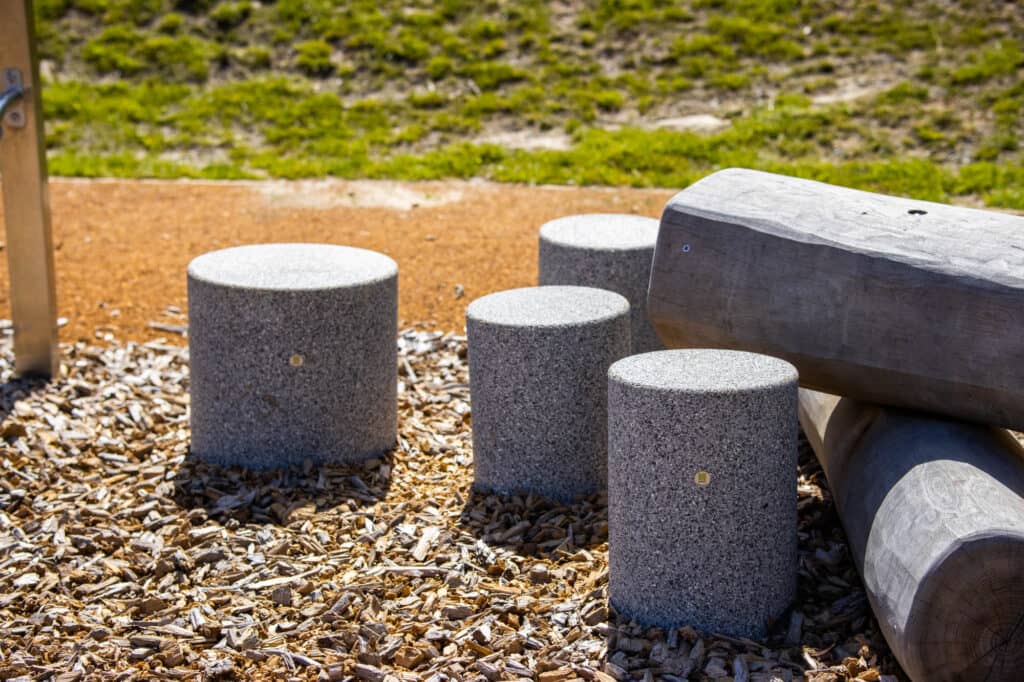When it comes to the safety of a playground, the equipment is only half the story. An often overlooked but crucial aspect of playground safety is the surface underneath. A well-selected playground surface can play a pivotal role in preventing injuries and ensuring a safe, fun experience for all children. In this guide, we aim to equip you with the key information needed to decide about playground surfaces.
1. What safety standards does the surface meet?
The first question you should ask when buying a playground surface is – What safety standards does it meet? Remember, the surface should be capable of absorbing the impact of a fall, thereby reducing the risk of injury.
Look for surfaces that have undergone rigorous testing and meet the standards. This gives you the assurance that the surface is not just compliant but also well-suited for playground usage.
2. How slip resistant is it?
Next, consider the slip resistance of the surface. In the hustle and bustle of a playground, the last thing you want is for children to be slipping and sliding around. Your playground should offer a steady, slip-resistant surface, even when damp.
Surfaces with high traction, like wet-poured rubber, prevent slips and falls. These surfaces maintain their grip, even in wet conditions, making them a safe choice.
3. How easy is it to maintain?
An often overlooked factor when selecting a playground surface is its ease of maintenance. The surface should be simple to clean and not require frequent replacement or expensive repairs.
Look for surfaces that are easy to maintain. A surface that is low maintenance ensures it stays in top condition for children to enjoy.
4. Is it accessible to children of all abilities?
Playgrounds should be spaces where all children can engage and enjoy. This makes it essential to consider the accessibility of the playground surface.
Choose surfaces that cater to children of all abilities, including those with physical, sensory, or cognitive impairments. Remember, accessibility is not just about wheelchairs. A truly inclusive playground caters to the diverse needs of all its little users.
5. What is it made of?

Lastly, ask yourself – What is the surface made of? The ideal playground surface is sustainable and eco-friendly.
Seek out surfaces made from recycled materials or those that can be recycled once they’ve outlived their use. Long-lasting products that can be recycled at the end of their life cycle are preferable.
In conclusion, choosing the right playground surface may seem daunting, but by asking these critical questions and doing some research, you can make a well-informed decision. A playground’s safety, joy, and inclusivity largely depend on the surface beneath the children’s feet.